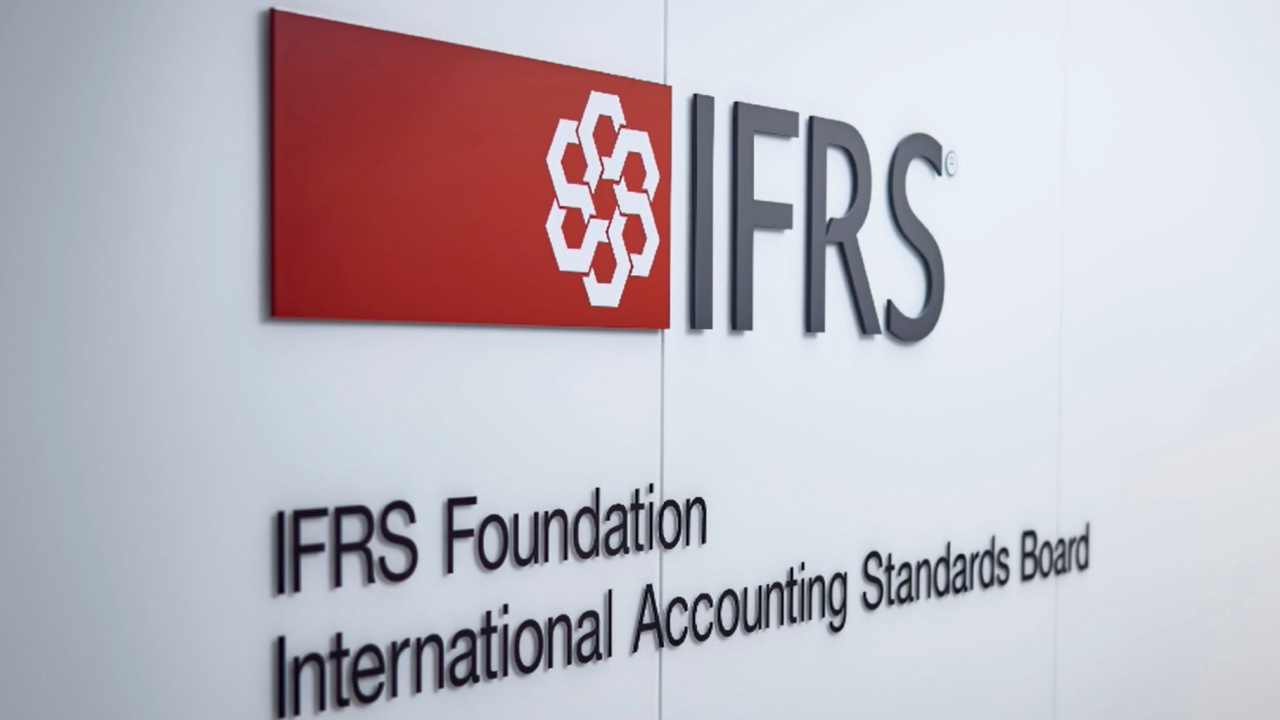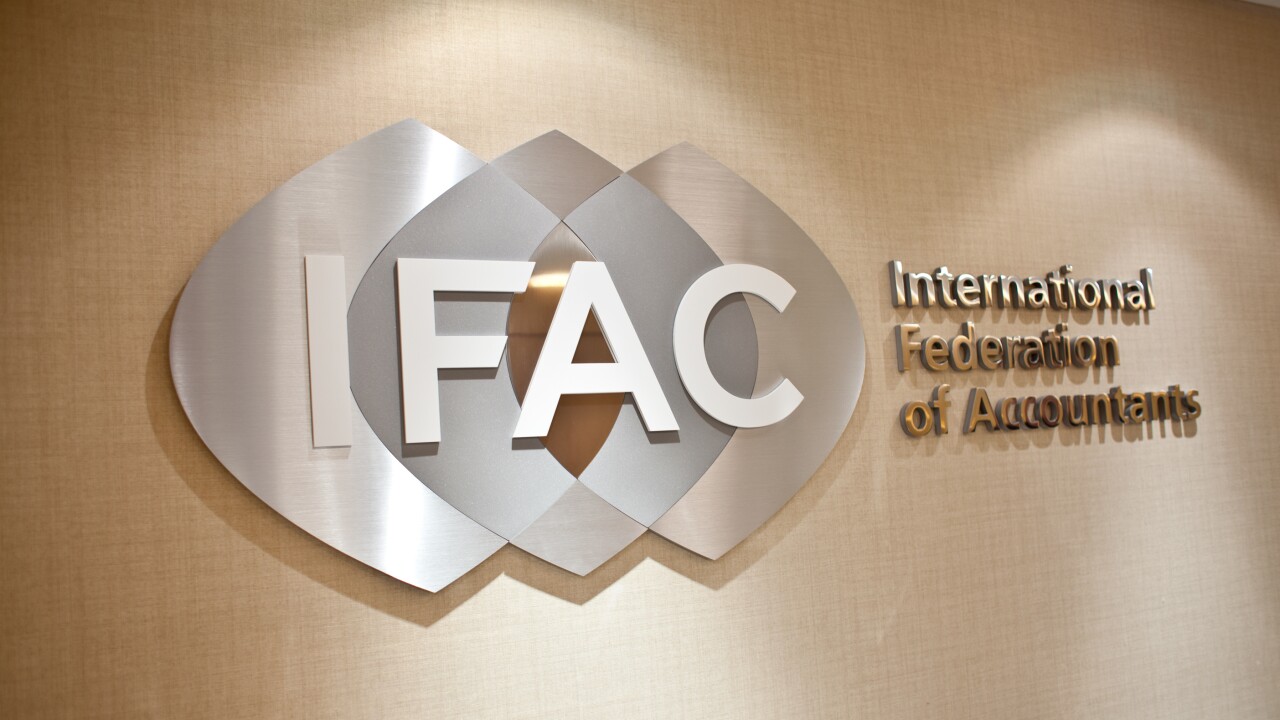If the pandemic era has taught us anything, it’s that it pays to be adaptable. Nothing about the past two years has proceeded according to a prescribed plan. At every turn, leaders have had to restructure their organizations, reassess their
At first blush, it can seem like leadership and flexibility are in opposition to one another. Aren’t leaders supposed to steer the ship? Shouldn’t they have boldness and dedication? Of course, but these things don’t have to come with unyielding stubbornness. In fact, being open to change and willing to adapt are desirable characteristics in a leader, pandemic or not. Being able to navigate uncertainty with deftness and grace will strengthen your team’s morale, not weaken it. The future of work is

There are many ways to demonstrate flexibility in your leadership without coming across as spineless or fickle. It’s all about building a style that allows for change when change is required, and knowing when to stick to your guns.
Let’s start by identifying what’s worth being inflexible about. Your values, the mutual respect you require between team members, standards of decency and decorum: these are things that aren’t going to change no matter the circumstances of a given moment. These core tenets are worth protecting, and you shouldn’t feel compelled to alter them. But it’s essential to not marry these beliefs to specific policies or tactics. There are countless approaches to achieve your goals as a leader.
A great way to demonstrate flexibility, one that has become essential during the COVID era, is acknowledging uncertainty. There is so much we don’t know and can’t control, especially when it comes to the future. When you are announcing policies or starting new initiatives, tell your team members what portions of these endeavors are subject to change. If you’ve recently told your staff that we’re going to be back in the office “for good,” you may have already had to backtrack on that statement. It’s much better to leave wiggle room than putting yourself in a situation where you have to eat crow.
Another way flexibility can manifest is in your approach to individual employees. The days of one-rule-for-everyone are increasingly being replaced by a melding of company-wide policy and individual accommodation, and I don’t mean that in the legal sense. The firm all-hands may be a mandatory meeting, but you can allow people to attend in person, via Zoom, or on the phone. Every team member has their own job requirements, but how they achieve them has plenty of room for individual practices. Giving employees agency over how they get their work done will empower them to do their best.
Flexibility manifests in all sorts of other ways, both big and small. The tech you use to power operations updates and iterates all the time. Your leadership style should be capable of doing the same. As we’ve all seen too much recently, the world changes without rhyme or reason at a moment’s notice. To pretend otherwise is foolhardy. It’s up to the leaders of firms to create a system and practices that account for this ever-changing reality, not one that ignores it.
While being adaptable is at a premium right now, the skill you’ll gain as a flexible leader will benefit you long into the future. Technology and society change more now than ever before, and that will remain true after COVID is (hopefully) a distant memory. The strident leader of the past is a dinosaur who will struggle to retain and recruit the best people. We all crave a certain amount of malleability in our lives, and this will be the skill expected of most of our leaders going forward to keep up with change and the unexpected situations that arise in our world.





